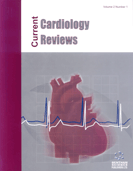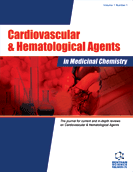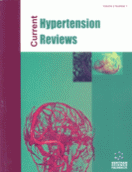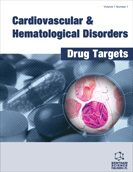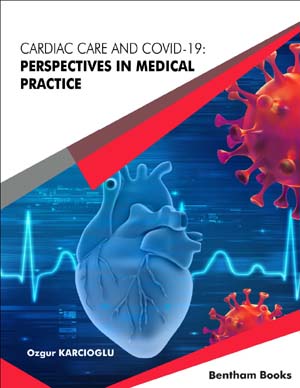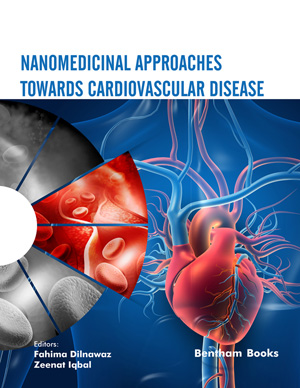Abstract
Previous basic, clinical, and population sciences have advanced the modern treatment of heart failure. An approach to solve this crucial issue is the further development of novel therapeutic strategies based on a novel insight into the pathophysiology of myocardial remodeling and failure. Recent experimental and clinical studies have suggested that oxidative stress is enhanced in heart failure. The production of oxygen radicals is increased in the failing heart whereas antioxidant enzyme activities are preserved in the normal heart. Mitochondrial electron transport is an enzymatic source of oxygen radical generation and also a target against oxidant-induced damage. Chronic increases in oxygen radical production in the mitochondria can lead to a catastrophic cycle of mitochondrial DNA damage as well as functional decline, further oxygen radical generation, and cellular injury. These cellular events might play an important role in the development and progression of myocardial remodeling and failure. Therefore, mitochondrial oxidative stress and DNA damage are good therapeutic targets. This approach may lead to establish the novel and most effective treatment strategies for patients with heart failure.
Keywords: heart failure, remodeling, oxidative stress, mitochondria, dna
Current Cardiology Reviews
Title: Mitochondrial Oxidative Stress and Heart Failure ∼Novel Pathophysiological Insight and Treatment Strategies∼
Volume: 1 Issue: 1
Author(s): Hiroyuki Tsutsui
Affiliation:
Keywords: heart failure, remodeling, oxidative stress, mitochondria, dna
Abstract: Previous basic, clinical, and population sciences have advanced the modern treatment of heart failure. An approach to solve this crucial issue is the further development of novel therapeutic strategies based on a novel insight into the pathophysiology of myocardial remodeling and failure. Recent experimental and clinical studies have suggested that oxidative stress is enhanced in heart failure. The production of oxygen radicals is increased in the failing heart whereas antioxidant enzyme activities are preserved in the normal heart. Mitochondrial electron transport is an enzymatic source of oxygen radical generation and also a target against oxidant-induced damage. Chronic increases in oxygen radical production in the mitochondria can lead to a catastrophic cycle of mitochondrial DNA damage as well as functional decline, further oxygen radical generation, and cellular injury. These cellular events might play an important role in the development and progression of myocardial remodeling and failure. Therefore, mitochondrial oxidative stress and DNA damage are good therapeutic targets. This approach may lead to establish the novel and most effective treatment strategies for patients with heart failure.
Export Options
About this article
Cite this article as:
Tsutsui Hiroyuki, Mitochondrial Oxidative Stress and Heart Failure ∼Novel Pathophysiological Insight and Treatment Strategies∼, Current Cardiology Reviews 2005; 1 (1) . https://dx.doi.org/10.2174/1573403052952383
| DOI https://dx.doi.org/10.2174/1573403052952383 |
Print ISSN 1573-403X |
| Publisher Name Bentham Science Publisher |
Online ISSN 1875-6557 |
 21
21
- Author Guidelines
- Bentham Author Support Services (BASS)
- Graphical Abstracts
- Fabricating and Stating False Information
- Research Misconduct
- Post Publication Discussions and Corrections
- Publishing Ethics and Rectitude
- Increase Visibility of Your Article
- Archiving Policies
- Peer Review Workflow
- Order Your Article Before Print
- Promote Your Article
- Manuscript Transfer Facility
- Editorial Policies
- Allegations from Whistleblowers
- Announcements
Related Articles
-
Gender Related Issues in the Management of Heart Failure
Current Pharmaceutical Design Repeated Restraint and Nerve Growth Factor Administration in Male and Female Mice: Effect on Sympathetic and Cardiovascular Mediators of the Stress Response
Current Neurovascular Research Bromodomain-Containing Protein 4: A Druggable Target
Current Drug Targets PERK-opathies: An Endoplasmic Reticulum Stress Mechanism Underlying Neurodegeneration
Current Alzheimer Research Depression and Quality of Life in Patients with Diabetes: A Systematic Review from the European Depression in Diabetes (EDID) Research Consortium
Current Diabetes Reviews Overuse of PPIs in Patients at Admission, During Hospitalisation, and at Discharge in a Terciary Spanish Hospital
Current Clinical Pharmacology Ascorbic Acid: Its Role in Immune System and Chronic Inflammation Diseases
Mini-Reviews in Medicinal Chemistry Risk Stratification in Pulmonary Embolism
Current Respiratory Medicine Reviews Role of Nitric Oxide and Mitochondrial Nitric Oxide Synthase in Energy Adaptive Responses
Current Cardiology Reviews 58-Year Old Men with Non-Stenotic Carotid Artery Plaques and the Relationship with Cardiovascular Risk Factors and Future Cardiovascular Events
Vascular Disease Prevention (Discontinued) The Adenine Nucleotide Translocase 2, a Mitochondrial Target for Anticancer Biotherapy
Current Drug Targets Cirrhotic Cardiomyopathy: The Interplay Between Liver and Cardiac Muscle. How Does the Cardiovascular System React When the Liver is Diseased?
Current Cardiology Reviews Use of Mesenchymal Stem Cells in Crohn's Disease and Perianal Fistulas: A Narrative Review
Current Stem Cell Research & Therapy Ion Channels and Epilepsy
Current Pharmaceutical Design Protection by Natural Honey Against Hyperhomocysteinemia in Rats
Vascular Disease Prevention (Discontinued) Pharmacogenetics of Drug Transporters
Current Pharmaceutical Design Human Galectin-3 Selective and High Affinity Inhibitors. Present State and Future Perspectives
Current Medicinal Chemistry Characterizing Blood Pressure, Heart Rate, Physical Activity, Circadian Rhythm and their Response to NOS Inhibitor and Substrate in CHF Rats with Telemetry
Vascular Disease Prevention (Discontinued) New Vectors and Strategies for Cardiovascular Gene Therapy
Current Gene Therapy Emerging Role of Apelin as a Therapeutic Target in Cancer: A Patent Review
Recent Patents on Anti-Cancer Drug Discovery


